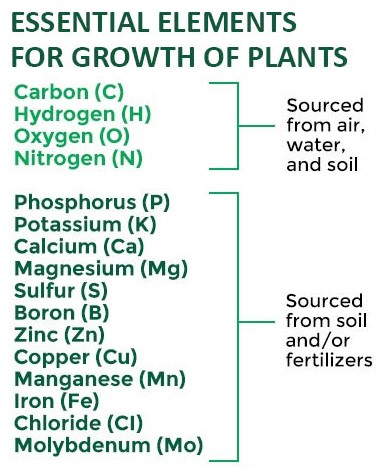CONTENTS
- Nutrient Based Subsidy (NBS)
- Atal Bhujal Yojana
Nutrient Based Subsidy (NBS)
Context:
Recently, the union cabinet has approved Nutrient Based Subsidy (NBS) rates for the various nutrients of Rabi and Kharif Season for 2022-23.
Relevance:
GS-III: Agriculture
Dimensions of the Article:
- About Nutrient-Based Subsidy Regime
- Issues Related to NBS
About Nutrient-Based Subsidy Regime
- Under the Nutrient-based subsidy (NBS) regime – fertilizers are provided to the farmers at the subsidized rates based on the nutrients (N, P, K & S) contained in these fertilizers.
- Also, the fertilizers which are fortified with secondary and micronutrients such as molybdenum (Mo) and zinc are given additional subsidy.
- Under the Nutrient-based subsidy (NBS) regime, the subsidy on Phosphatic and Potassic (P&K) fertilizers is announced by the Government on an annual basis for each nutrient on a per kg basis – which are determined taking into account the international and domestic prices of P&K fertilizers, exchange rate, inventory level in the country etc.
- NBS policy intends to increase the consumption of P&K fertilizers so that optimum balance (N:P:K= 4:2:1 ) of NPK fertilization is achieved.
- This would improve soil health and as a result the yield from the crops would increase resulting in enhanced income to the farmers.
- Also, as the government expects rational use of fertilizers, this would also ease off the burden of fertilizer subsidy.
- It is being implemented from April 2010 by the Department of Fertilizers, Ministry of Chemicals & Fertilizers.

Issues Related to NBS
- Urea is left-out in the scheme and hence it remains under price control as NBS has been implemented only in other fertilizers.
- There is an imbalance as the price of fertilizers (other than urea) — which were decontrolled have gone up from 2.5 to four times during the 2010-2020 decade. However, since 2010, the price of urea has increased only by 11%. This has led to farmers using more urea than before, which has further worsened fertilizer imbalance.
- Considering that fertilizer subsidy is the second-biggest subsidy after food subsidy, the NBS policy is not only damaging the fiscal health of the economy but also proving detrimental to the soil health of the country.
- Subsidised urea is getting diverted to bulk buyers/traders or even non-agricultural users such as plywood and animal feed makers. It is being smuggled to neighbouring countries like Bangladesh and Nepal.
Atal Bhujal Yojana
Context:
Recently, the 5th meeting of the National Level Steering Committee (NLSC) of Atal Bhujal Yojana (ATAL JAL) was held to review the overall progress of the scheme.
Relevance:
GS II- Government policies and Interventions
Dimensions of the Article:
- About Atal Bhujal Yojana
- Significance of the scheme
- Aims of the scheme
About Atal Bhujal Yojana:
- The Atal Bhujal Yojana (ABHY) is a central sector scheme worth Rs.6,000 crore for sustainable management of groundwater with community participation.
- It envisages people’s participation through the formation of ‘Water User Associations’, water budgeting, preparation & implementation of Gram-panchayat-wise water security plans, etc.
- It is being implemented by the Ministry of Jal Shakti
- The scheme is being funded by the Government of India and the World Bank on 50:50 basis.
- The identified over-exploited and water-stressed areas for the implementation of the scheme are Gujarat, Haryana, Karnataka, Madhya Pradesh, Maharashtra, Rajasthan, and Uttar Pradesh.
- The States have been selected according to the degree of groundwater exploitation and degradation, established legal and regulatory instruments, institutional readiness, and experience in implementing initiatives related to groundwater management.
Significance of the scheme
- Ground water contributes to nearly 65% of total irrigated area of the country
- Groundwater contributes to nearly 85% of the rural drinking water supply.
- Increasing demands of growing population, urbanization and industrialization, deteriorating quality, intensive and unregulated pumping are a major threat to the Ground Water resources.
- 81.67% of rural households are yet to have household water tap connections.
Aims of the scheme:
- To facilitate the Jal Jeevan Mission’s (JJM) aim provide Functional Household Tap Connection (FHTC) to every rural household by 2024.
- To improve ground water management through community participation in identified priority areas in Seven States.
- To promote panchayat led ground water management and behavioural change with primary focus on demand side management.
Implementation of the scheme:
- The scheme is to be implemented in the identified priority areas of the 7 states of Gujarat, Haryana, Karnataka, Madhya Pradesh, Maharashtra, Rajasthan and Uttar Pradesh.
- The scheme is to be implemented over a period of 5 years (2020-21 to 2024-25).





